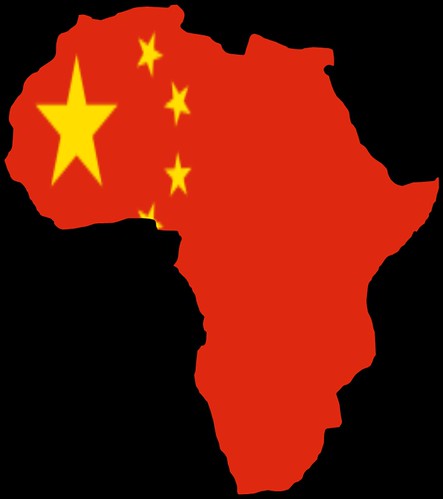Subscribe to get access
Read more of this content when you subscribe today.
Understand the Impact

For the past twenty years, the Chinese Communist Party (CCP) has been funding roads, railways, airports, shipping ports, and investing in African countries at an unprecedented rate. At the last Forum on the China-Africa Cooperation (FOCAC ) in 2018, the CCP pledged $60 billion dollars in funding. It made the same pledge at the previous meeting, and before that pledges had been doubling at each successive forum. “China is catching up in accumulating outward FDI into Africa to a level which is commensurate with its economic size and long-term political ties with the African region.” Bruegel
But critics of the CCP argue that, until recently, loan deals have been fairly opaque. The CCP’s investments are concentrated in only two sectors, energy and infrastructure—two areas China has either a great need for (energy) or excess capacity (construction). Moreover, African nations are getting 20% fewer jobs than that of other nations receiving Chinese FDI. The European think tank Bruegel found China’s investments in Africa, on average, produce 1.78 jobs per US $1 million invested compared to 2.24 jobs per US $1 million invested outside of Africa (Bruegel).
Still others’ argue that the CCP is supplying funding to countries without regard for prior debt commitments. Thus, saddling poor countries with unsustainable debt levels. For example, Angola has US$21.2 billion dollars in debt tied to oil prices. That’s “roughly a quarter of cumulative Chinese loans to the entire continent,” DW.
Adam Ragozzino is a Boston-based analyst who has worked as a research and policy analyst in the US. Currently, he is an independent consultant and runs Acies Lumen, LLC, a fledgling geopolitical research firm. He writes about international affairs and conflict with a particular focus on Africa. When not chained to a desk or under lockdown, you can find him riding or skiing in the northeast US.